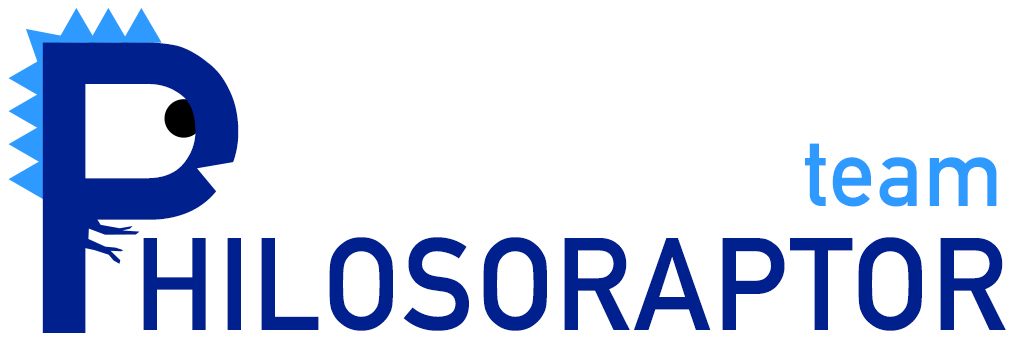Open avenues
It is all too tempting to add this one to the long list of potential initial expenses, chalk it up to something the investors can pay for and move on to the important stuff. Of course this approach is wrong on every possible level, branding is important, equity is the most expensive form of financing – less is better– , and paying upfront without collecting any pertinent data goes against the grain of the can do spirit at the heart of internet marketing. For The Buccaneer Network at the very least then, simply outsourcing branding to an agency would be a bad route to take. Instead, we propose to use a standard approach from the internet marketing community namely, A/B split testing.
